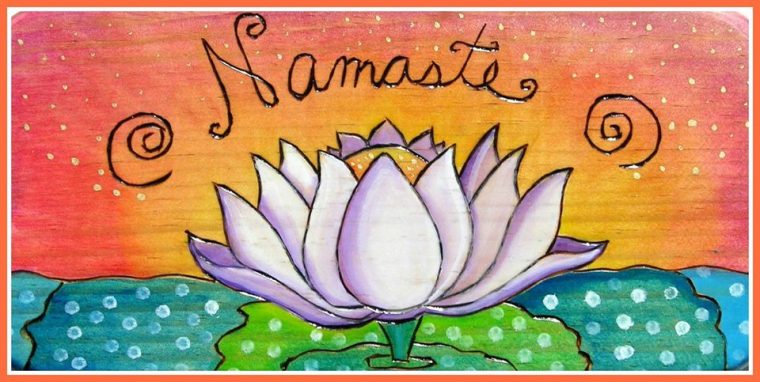
Yoga is not about perfection and while in the West, it has become about coming to your mat one day at a time to learn more about yourself and train the mind to focus, it is also about something that goes past the asanas (poses) and pranayama (breath work). Even when this seems obvious it can be difficult to articulate what that “more” is, well I know it was for me to articulate exactly why yoga made me feel so good and why I kept on coming back to the mat. It is obvious that it was something more than just the physical, but I couldn’t quite put my finger on it. It wasn’t until I did my Yoga Teacher Training that I discovered what that something more was- it was The 8 Limbs of Yoga that are interwoven into all good yoga classes. The 8 Limbs were written by Patanjali in a sacred text called The Yoga Sutras in around 200 A.D. The 8 limbs help to define yoga and is a common thread in all styles and systems of yoga.
Living your life to the fullest takes time and dedication. Putting in the effort will take a little bit of self-discipline, but the rewards you will gain will be well worth it. The 8 limbs are a comprehensive way of life/ life philosophy that will help guide you to a more fulfilled life. Each of the eight limbs addresses a different aspect of our multifaceted being, and together they act as a road map to what most yogis refer to as “yoga off the mat.”
Here’s a brief overview of each of the eight limbs:
- The 8 limbs begin with the Yamas which deals with one’s ethical standards and sense of integrity, focusing on our behaviour and how we conduct ourselves in life. There are 5 Yamas are universal practices and are as follows:
- Ahimsa (non-violence or non-harming)
- Satya (truthfulness)
- Asteya (non-stealing)
- Bramacharya (sexual restraint)
- Aparigraha (non-possessiveness)
2. The second limb consists of the Niyamas which are about self-discipline and spiritual observances and include:
- Saucha (purity)
- Santosha (contentment)
- Tapas (discipline or austerity)
- Svadhyaya (spiritual studies)
- Ishvarapranidhana (constant devotion to the Divine, God, or whatever you want to call ‘IT’- for me it is nature).
3. Asana refers to yoga postures but in Patanjali’s initial practice, it referred to mastering the body to sit still for meditation. The practice of yoga asanas came about eight centuries later, which helped disciples ready their bodies for meditation.
4. Pranayama is generally translated as breath control and consists of techniques designed to gain mastery over the respiratory process while recognising the connection between the breath, the mind, and the emotions. It is yoga breathing techniques designed to control prana or vital life force. You can practice pranayama as an isolated technique (i.e., simply sitting and performing a number of breathing exercises), or integrate it into your daily hatha yoga routine.
5. Pratyahara means withdrawal of the senses. It is during this stage that we make the conscious effort to draw our awareness away from the external world and outside stimuli. By withdrawing we are able to objectively observe our habits that are perhaps detrimental to our health and which likely interfere with our inner growth.
6. Dharana refers to concentration and it is through Pratyahara that we create the setting for dharana. Once we have relieved ourselves of outside distractions, we are then able to deal with the distractions of the mind itself which, if you have read my previous blogs, is no easy task for most people! We learn how to slow down the thinking process by concentrating on a single object.
7. Dhyana is the practice of meditation or contemplation. It is the uninterrupted flow of concentration. Dhyana is ultimately a state of being keenly aware without focus.
8. Samadhi, the eighth and final limb, is described by Patanjali as a state of ecstasy/ enlightenment/ bliss.
Yoga is a practice that anyone can do, on and off the mat. You don’t have to follow Patanjali’s eight-limbed path, but in my opinion it is when you begin to take yoga ‘off the mat’ that you start seeing the vast benefits of yoga in your everyday life. Keeping in mind these values and striving to aspire to them, even moderately, could be a huge tool in the pursuit of happiness. In addition, I feel like it is nice to understand the roots and foundation of a practice that you love doing for a deeper appreciation of the practice. As long as you remember that yoga is not about forcing, but about embracing the practice and the journey, it will certainly benefit your life.
I truly believe that knowledge is power, so I hope that in sharing this knowledge with you has, in some way, enhanced or empowered you in your life.
Namaste, Natalie
